ANNUAL REPORT
YEAR ENDING DECEMBER 2022
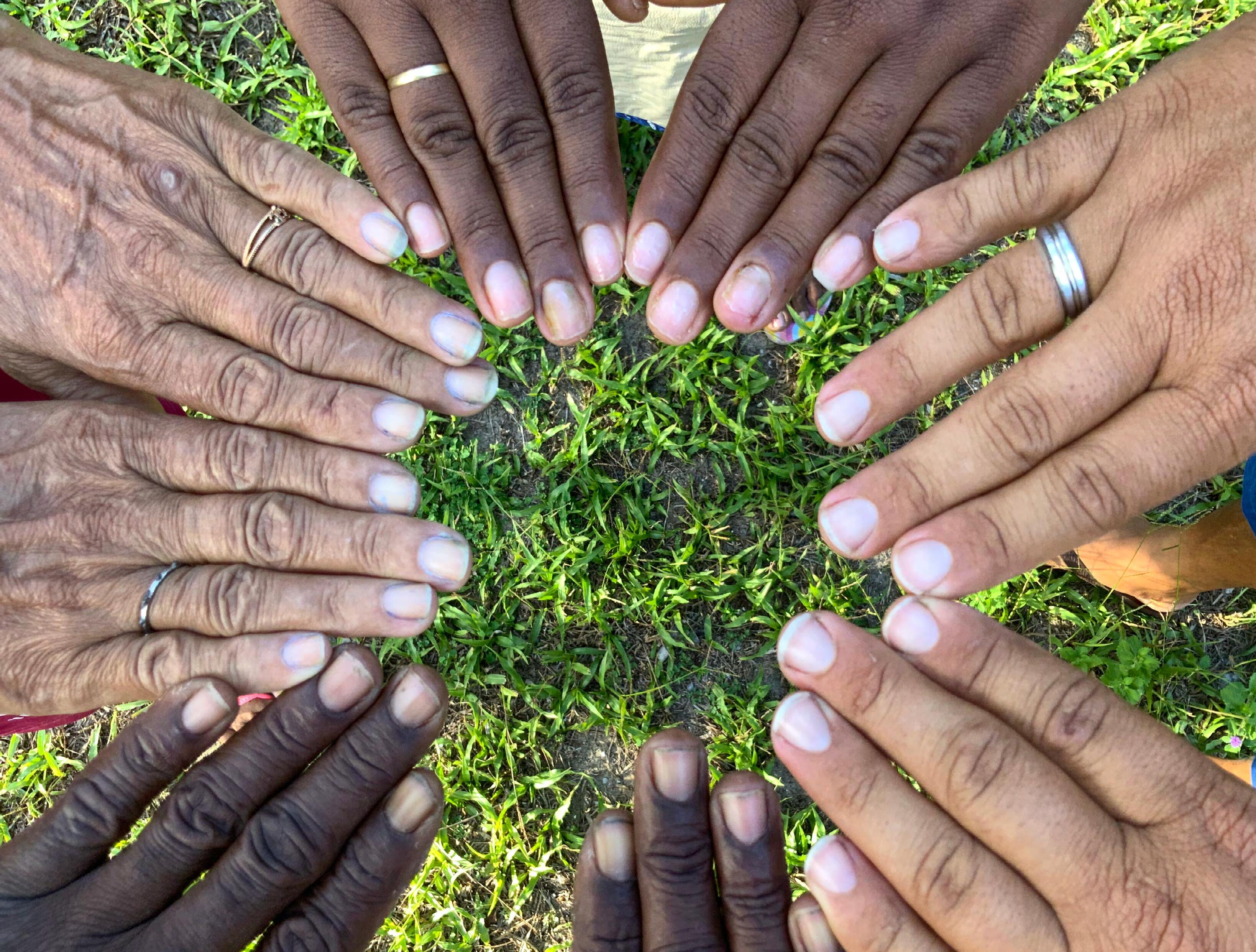 Photo by Mitch Loch
Photo by Mitch Loch
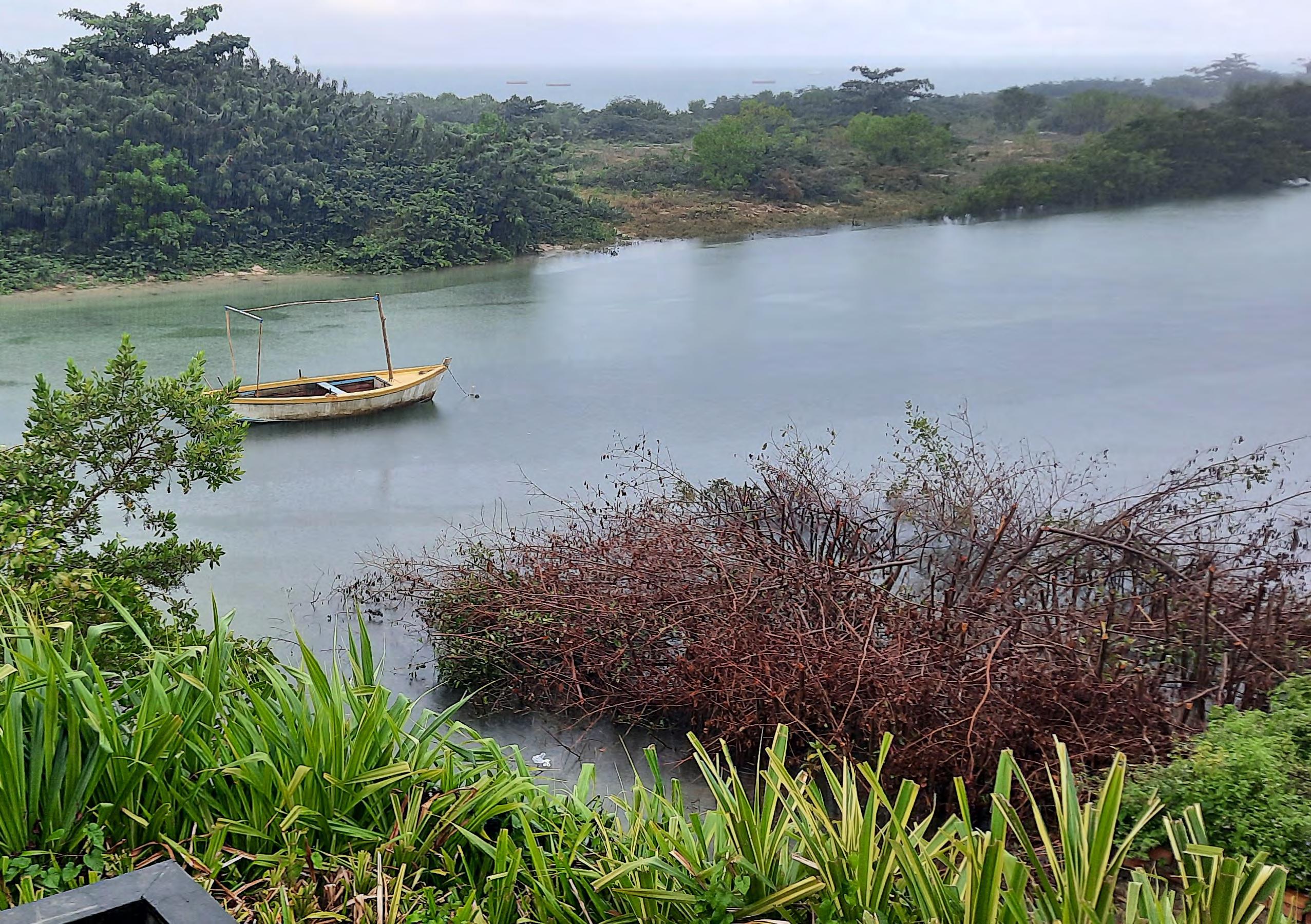
Mission An International Residency Program Statements From the Founders 2022 Artists In Residence Donate to Sacatar Statement of Financial Activities Institutional Partners Board of Directors & Staff Upcoming Exhibition From the Sacatar Archives 3 4 6 16 40 42 43 43 44 44 CONTENTS
Photo by Marcelo Thomaz
My project was community-oriented research that would result in a short doc or documentary miniatures about traditional music from Bahia. This was my first residency of this kind, and I expected it to be unpredictable. My interests have significantly expanded, and I feel I’ve opened a whole new chapter of research. I hope I’ll be able to come back to Itaparica with some additional funding and continue working on my documentary project.
Marija Stojnic
OUR MISSION IS...
• To provide residencies for seasoned and emerging artists to create new work;
• To promote cross-cultural interaction and collaboration among the participating artists and the local communities;
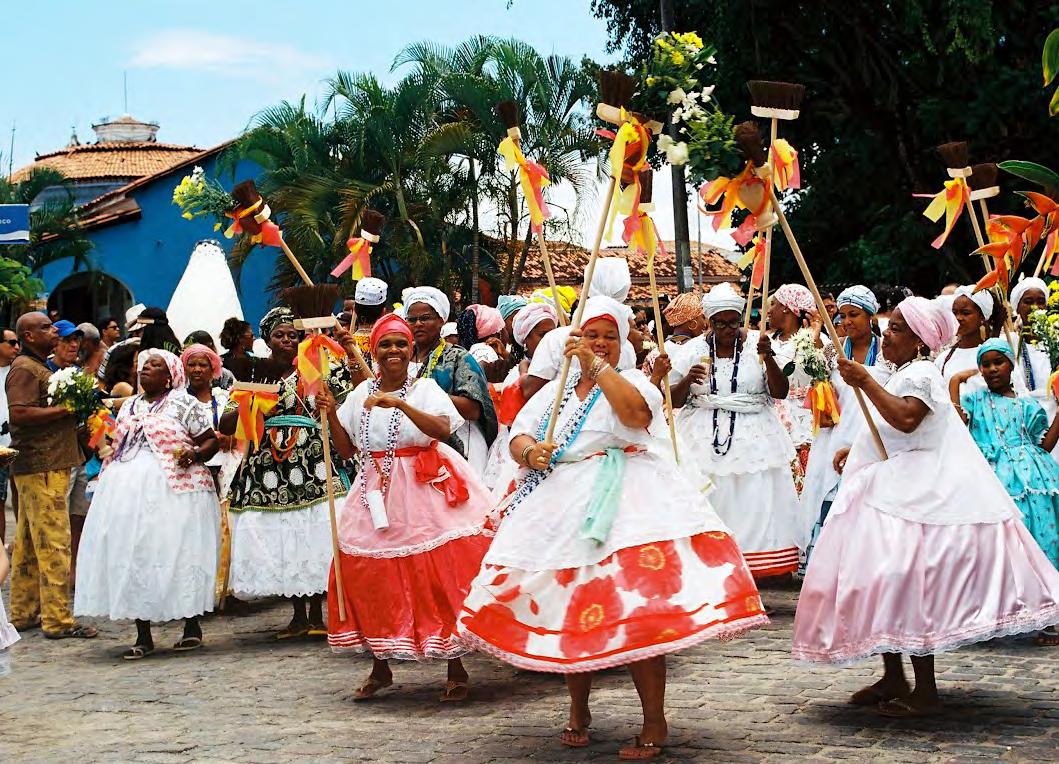
• To support artists in the creation of work that inspires across class and national boundaries;
• To encourage art that returns us to where art began – to a wordless silence and a sense of wonder before all creation.
3
(Film / Serbia / Sacatar Fellow 2017)
Lavagem do Beco 2017, Itaparica. Photo by Marija Stojnic
AN INTERNATIONAL RESIDENCY PROGRAM
The Sacatar Foundation, created in the year 2000, supports and promotes the international artist residency program of the Instituto Sacatar, founded a year later in 2001. The Instituto occupies a stunning beachside property on the island of Itaparica, across the Bay of All Saints from the colonial capital of Brazil and Brazil’s third largest city, Salvador da Bahia.

As of December 2022, Sacatar has provided 465 residency Fellowships to artists from seventy countries. To celebrate our first twenty years in operation, in 2022 we hosted a special session in which we brought back for a second residency eight artists who had come to Sacatar during our first ten years. Much had changed, with the construction of additional studios in 2010 and 2020 and additional apartments in 2021. We periodically make available spaces for former artists to return. They often come with intriguing and incisive projects. To date, forty-four Sacatar Fellows have returned for second residencies.
facilitates the linkage to the local community, even when the Brazilian comes from a very different part of Brazil. A native of Bahia, then, is even more special. When we began hosting artists in 2021, Brazilian artists were unacquainted with the concept of a residency program. Over the intervening years, we have seen an increase in the number of highly qualified Brazilian artists coming to Sacatar, and a larger percentage of artists are Brazilian, lowering the carbon footprint of international travel while maintaining our mission to promote international engagement and collaboration.
Over time, we have learned that the presence of a Brazilian in a cohort of international residents
As we re-evaluate the purpose and effectiveness of international engagement, we give greater emphasis to the significance and value of the proposals artists submit. The percentage of English-speaking artists from North America has decreased as the diversity and number of candidates have increased from elsewhere around the world. Sacatar is first and foremost an international artist residency, and in 2023, we will host artists from 24 nations, including our first artists from Guyana, Ireland, and Mali.
… for me who had never been to Brazil, I appreciated how some of you shared your relationship to certain branches of AfroBrazilian Candomble traditions, and for escorting us to these events and giving explanation as to what was going on. I felt so privileged to have this opportunity. All past and future Fellows are lucky to have your support and effort guiding them during their stay at Sacatar!
4
Photo by Marcelo Thomaz
Mandy Morrison (Performance / USA / 2019)
As of December 2022 , we have hosted 465 artists from seventy countries.

90 artists 19%
(Spanish speaking) 28 artists 6%
(English speaking) 140 artists 30%
465 artists 100%
5
Australasia
Europe
TOTAL
Visual Arts - General 200 43% Film / Video 35 8% Photography 33 7% Music 45 10% Dance 29 6% Performance / Circus / Puppetry 13
Literature In English 63
Literature
Portuguese 22
Literature
Other Creative
Africa 34 artists 7%
58 artists 13% Brazil 115 artists 25%
Americas
Americas
3%
14%
In
5%
In Other Languages 14 3%
Acts 10 2%
STATEMENTS FROM THE FOUNDERS
Many Fellows will remember Jacó, who died six months shy of his fifteenth birthday on July 1, 2022. Seen here with Taylor in a photo from April 2020, Jacó looks unsure about the new arrival, Xana, the beagle puppy who joined Sacatar on the first day of covid lockdown. Taylor is wearing a tee-shirt with a portrait of Jacó hand-painted during his halcyon days, so two Jacós in a single photograph.

6
Photo by Mitch Loch
International engagement is what we do. The local community interacts with professional artists at the height of their powers, and international artists draw inspiration from the strength and fecundity of the culture of Bahia. How do we carry forward this vision in the face of the challenges of the 21st century?
In 2022, with the assistance of Artists at Risk, we hosted a Russian dissident who fled Moscow during the first week of the war. You can read Dasha Sedova’s moving statement in this Annual Report. We concluded a partnership with Pro-Helvetia, the cultural foundation of Switzerland. We hosted a special session for Bahian writers in partnership with the Fundação Cultural do Estado da Bahia. And we completed an exchange of artists with the Djerassi Resident Artists Program in California. In 2023, we look forward to two new partnerships.
STANFORD UNIVERSITY: We will host a special session under the auspices of Stanford University for graduate students whose artistic practices engage issues of social justice. Sacatar Fellow Amara Tabor-Smith pushed to create this special session which will end at the Festa da Boa Morte, created in the early 19c
by elderly black women who purchased each other’s freedom out of slavery, and maintained to this day by the candomblé priestesses of Cachoeira, Bahia.
FONDATION DES ARTISTES: Sacatar
Fellow
Pierre David, the director of the Moly-Sabata residency program in Sablons, France, urged the Fondation des Artistes in Paris to enter into a three-year Agreement with the Sacatar Foundation. Under this Agreement, the Instituto Sacatar will host two French artists annually. The first two artists will arrive in November 2023.
In addition, through our 2022 Open Call, we will provide Fellowships to forty-three artists from twenty-four countries on six continents in 2023 and into 2024.
But how can we do this in an environmentally sustainable manner? What about those international flights? In January 2022, we installed an array of thirty-two photovoltaic panels. Since February, the array has generated more electricity than Sacatar consumes. And the array has offset 14 tons of CO2. If you have ever tried to calculate your carbon footprint, you know how malleable the numbers can be, but I will keep this broad and simple. A
roundtrip transatlantic flight generates one thousand kilos of CO2 per passenger. Our solar array has offset fourteen transatlantic flights. And at Sacatar, an international artist’s carbon “footprint” shrinks significantly compared to what she might generate had she stayed at home. By simply living for two months on the island of Itaparica, an American artist likely offsets her international flight. And over two months on the island of Itaparica, a European may offset one leg of her international journey. The trade-off between the importance and power of international engagement and the minimizing of environmentally destructive CO2 will remain a conundrum. But as we look to the future, we plan to optimize the presence of artists who – like the Stanford graduates – come with the intention to dive deep, with humility, to make a difference in themselves that reverberates to the communities with which they interact.
Taylor Van Horne Executive Director Instituto Sacatar
7
STATEMENTS FROM THE FOUNDERS
Interactive dance performance during Open Studios led by the twin sisters Hsiao-Ting and Hsiao-Wei Hsieh
(Taiwan / 2022) in partnership with the Djerassi Resident Artists Program

8
Photo by Mitch Loch
QUESTION #17: Something New in 2022
Just before proofreading the final text for the online application form for 2023-24 Sacatar Fellowships, I made a last-minute request. I suggested that we add Question #17:
members – to gain insight into a global psyche or mindset among the applicants seeking timeout on an island in northeastern Brazil.
Creative individuals forty-five years younger than me applied to our program last year.
Forty-five years ago, I protested on the streets of San Francisco, eager to argue with whomever about whatever. We of the babyboom generation had some global awareness. We read progressive weeklies and gathered in cafes to drink beer and critique our elders. Three years on, we would be grieving the loss of peers to the AIDS crisis – many of them artists.
submitted in the English language, though English was not necessarily the first language of the applicants. An additional 71 applications were submitted in Portuguese, mostly from Brazil. We received three applications in Spanish and one in French.
What follows is a collage of responses which reflects the concerns of the 354 Sacatar applicants. Studying the responses to Question #17 was a moving experience and more enlightening than I had anticipated. Applicants might lead Sacatar in new directions.
I asked the evaluation committee members not to take into consideration the answer to this question. Committee members focus on work samples, CVs and project proposals. I wondered if such a survey-like question could assist us – Sacatar administrators and board
Scrolling the latest on a cell phone or doing Zoom or Facetime with a like-minded activist in, say, Bangladesh during a pandemic could not have entered our imaginations. Still, back then, we found ways to get around – as daredevils and hitchhikers – and to get our projects across borders. Any mention of an “artist residency program” aroused curiosity. The how-and-when-and-where about settling into such distant utopias demanded serious time in a library. Twenty years later, applications by internet provided the means.
I printed some of the responses to Question #17 submitted in Portuguese to five staff members who were not on vacation during this holiday month called Janeiro. I asked them to write down whatever thoughts came to them. We share their words here too.

To the 354 applicants, I say, “All of you are my teachers. I am sitting in the audience, and I am listening.”
Thanks to all,
Among the 354 applications from seventy nations Sacatar received last year, 279 were
Mitch Loch President Sacatar Foundation
9
“What are the important issues, if any, facing society, humanity and our planet that inform your creative proposal?”
Photo by Taylor Van Horne
A collage of responses reflecting the concerns of the 354 Sacatar applicants in 2022:
The most important issues are linked to the ways we live together - in communities and in relationship with nature. We have no idea of the worlds that inhabit our world. Nature must not be seen as a “resource” to be explored; it is a field of life in which we are fully involved. Humans are over-rated. Forests hold the wisdom of the Earth. We must not seek to dominate nature because it is our collaborator, it is part of the family. Nature begs us to be humble. We must think about our relationship to other species. There is a sacred union between us and the plants. Cooks and farmers are divine conduits in our collective food ecosystem. We must move away from practices where we compete for resources. We must develop systems around collaboration, reciprocity, restoration…
humans to also capture carbon. We must preserve our natural ecosystems AND our folklore heritage. Nothing will remain untouched unless hard work is put into place to preserve it…
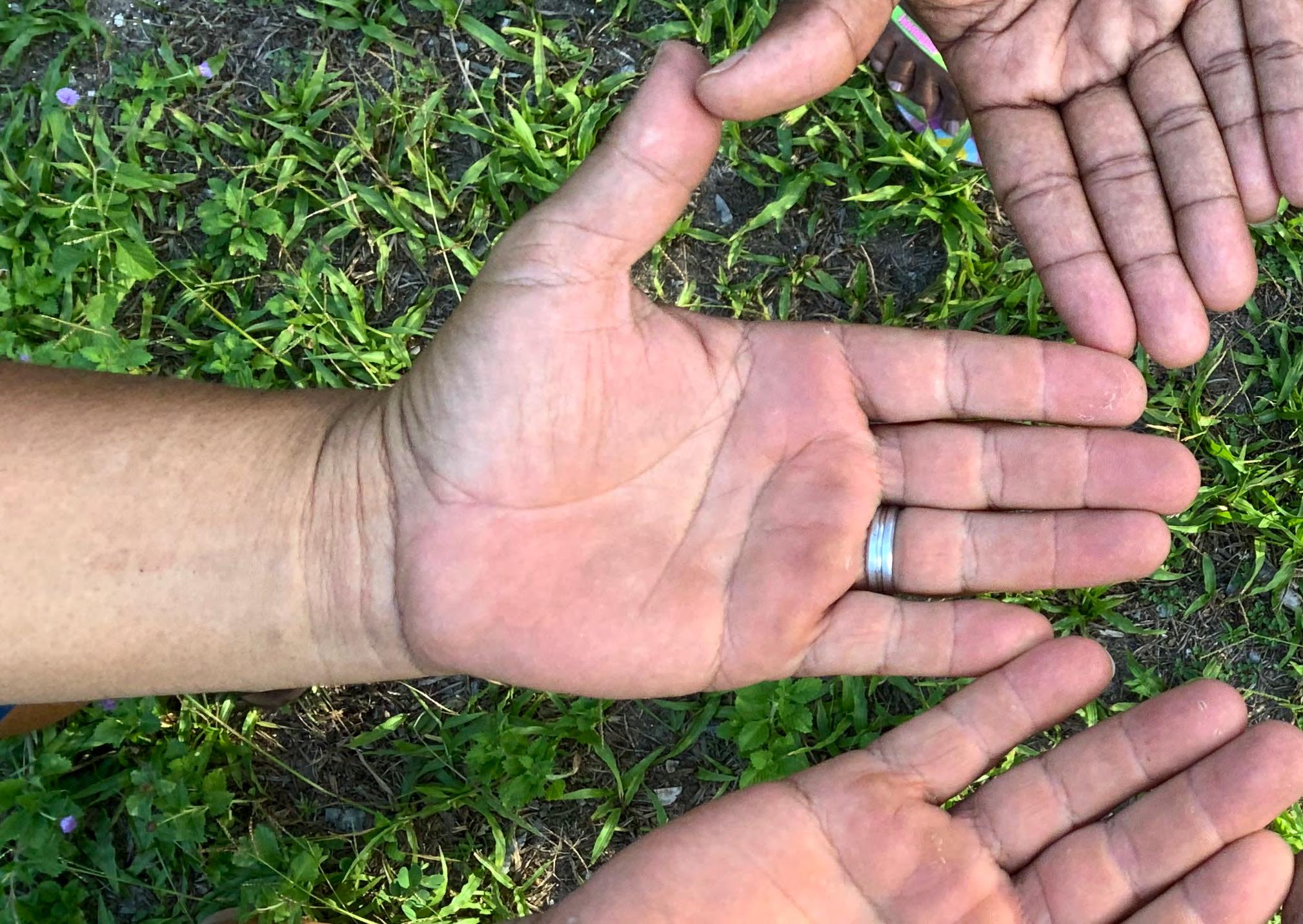
How can we honor our ancestors and elders by sharing their stories, songs, and dances with future generations? Art is the connective tissue between community and audience. The audience is anyone who ever rendered us invisible. The women in the family were too often hidden. It’s important to understand the impact of the transatlantic slave trade not just in America but across the diaspora. I’m intimately aware of the ramifications of slavery, how that vile institution reverberates today. I consider racism not only an American issue but a worldwide one. The diaspora varies from country to country. A people without identity is a lost people - and a lost people is a sick people…
A Sacatar residency is a chance to live simply and locally, to explore - and respect - the natural environment with a relatively low impact. Afro-Indigenous cultures of the Americas sustain themselves through their cultures and traditions. Brazil’s natural ecosystems and indigenous cultures hold the keys to biological preservation throughout the world - the carboncapturing ability of mangroves and recent, related research by
If we are well, we can move together and make improvements in the planetary sphere beyond our bodies. Connected, the womb and the earth are the sources of all life. As our forests continue to burn, conservative lawmakers are tightening their control over women’s reproductive rights. Structural racism, the extinction of species, extraction for profit: these are entwined. Climate change, racism, capitalism, colonialism, and patriarchythis web of ideologies creates a narrative that breeds alienation and annihilation. The global trends towards nationalism will jeopardize our ability to cope with the challenges of climate change. The human-centric environment initiated by Europeans, began a cycle of environmental destruction. The current climate disaster is
“What are the important issues, if any, facing society, humanity and our planet that inform your creative proposal?”
in direct relationship to the residue of global colonial and imperial projects…
It’s so much “we vs. them.” This culture of fear of the ‘outsider’ is fast becoming a tool of control by extremist right-wing powers. What does ideological polarization and Bolsonaro’s rise to power mean about the power of the conservative evangelism? Limits on freedom of expression, hate speech, privacy and control over personal information is fundamental for the future of society…
A problem that society faces is a nuisance: the bombardment of information that we receive daily. Today, we are addicted to the internet and our phones - losing human touch and sharing. We are constantly distracted. The virtual and the physical are increasingly blurry. Technology has access to the forefront of our consciousness. What do we stand to gain, lose, and compromise about our own humanity in the face of these blurring realities? We might disconnect with the volume of data disseminated by the internet and social networks and take a slower look at what happens around us. For me, it is increasingly relevant to understand how to live with the minimum…
the ones we know. Art, at its best, aspires to extend our site, our understanding, of the human condition - the oomph of how to live - now. Across all nations and races, storytelling has been the thread that has bound us to our predecessors. Knowing your neighbor’s story leads to united communities. The concept of “home” has become more open to interpretation. I think in terms of territory and not of identity. A territory allows us to be vast full of possibilities. Today’s humanity is moving increasingly towards sustainability and coexistence with nature, in a path without a return that expands more and more. We are the compost of the life in this planet. We must accept impermanence and how it is a precondition for all life. For change to occur, we must learn how to sit with our mortality. The future can and will exist…
How can one person make a positive impact? How can we return to (or at least thank) the land and the sea for everything that sustains us? We must imagine possibilities and systems outside of
The crisis of global capitalism informs my project… the widening wealth gap that pits extreme wealth against crushing poverty. Can globalization be “good” without continuing to eradicate the world’s diversity of peoples, their languages, religions, spiritualities, cosmologies, and natural environments? Inequality is known as one of the key precursors to the collapse of all major civilizations. Consumer societies are losing their mysteries, their beliefs and their spiritualities. We must therefore “re-enchant” life. Salvador de Bahia is a gateway to the notion of “pluriverse” - to the idea of “a world where many worlds fit”…

Five Sacatar staff members share their concerns and contributions:
I think that greed is destroying our planet. And social media networks are also destroying humanity. People now live in the digital age. It would be great if humanity moved back to reality, towards more awareness.
The composting process that has been in use for some years by the Instituto Sacatar helps to preserve the environment. Organic waste such as peels, stalks, leaves, eggshells, and coffee grounds are separated for composting and turned into fertilizer to be used on site. Soiled paper, bones, and large seeds are disposed of in a local landfill. Glass, aluminum, clean plastics, and waste-free paper – like newspapers - are separated and taken to a recycling cooperative on the island.
The abundant fruits harvested on the property of the Instituto Sacatar (mangos, pitangas, acerola, cashew fruits and nuts, seriguela, tamarind, and even breadfruit) are used in the preparation of juices, desserts, purees, and vatapá. Environmental sustainability is very important for future generations. Usually, we present the Fellows with a paper straw and an agua de coco (directly off our trees!) when they first arrive and before they unpack their suitcases.
 Dete Nicácio , Meals
Dete Nicácio , Meals
12
Photo by Mitch loch
“What are the important issues, if any, facing society, humanity and our planet?”
If human beings valued our forests and our sea more than they do, then avoiding deforestation and pollution would already be a way to express our thanks. And to honor our ancestors and elders, we should have a project in the schools so that our youth could research more about their ancestries. We need to respect our ancestors more and truly value everything they have left for us.
Africa-based religions and traditions like candomblé, and capoeira, samba de roda, and the healing of medicinal leaves - these were passed down by our ancestors. Today many people are prejudiced against candomblé due to misinformation. Many people are told that candomblé is evil, when in fact it brings you peace: peace of mind, peace with yourself and with others. It is a religion that respects nature, the sea, the rivers, and all the best that Earth offers us. Like others in Itaparica, I enjoy helping to make it possible for Sacatar Fellows to directly learn about and experience ceremonies that are important in my culture. When I hear that ceremonies are happening, I alert the office.
Francisco Galvão , Security
We live on an island. The sea provides us with fish, shellfish, etc. The land offers us trees with fruits and with flowers that beautify the environment. In my view, we should return to thanking the land and the sea and all that sustains us, and we should teach others to do the same, so that future generations can also benefit from such beauties. We also must value and preserve our regional culture and traditions such as stories, dances, and songs.
I have the privilege of working in an environment that brings me peace and harmony, that celebrates local cultural traditions and the diversity that Fellows bring with them. While watching over the property, I notice that locals and tourists appear enchanted by the forest, beach, and architecture. It is a kind of paradise, I think.


13
Anderson Gomes, Security
Photos by Mitch loch
I see the use of the internet being increasingly dangerous to society when not used responsibly. The consequences for the misuse of the internet can end up harming people. As examples, self-exposure and defamation can end up generating conflicts and disagreements. The internet was designed to connect people around the world. That’s why we should share positive things that are good for others. We should not expose something that could harm others. The net should be used responsibly for sales and businesses and as a tool to make the world better. Spread love, not pain.
Reginaldo Roque , Security

By using energy generated by the sun, we are contributing to the health of the environment. Traditional sources of energy often pollute, emitting gases that rise into the atmosphere and cause the greenhouse effect and global warming with catastrophic consequences such as droughts and floods. As the Instituto Sacatar strives to care for the environment, the installation of photovoltaics was of great importance, and the electricity generated reduces the electric bill for all three meters that register consumption on site. We have implemented the recycling of metal, plastic, paper, glass, and organic waste. All collected materials are sent for recycling, including, when viable, recyclable materials we retrieve from garbage left on the beach. A woman named Aidê fetches our recyclables
and takes them to a processing center she created. We depend on her to retrieve these residual materials which we store on site. She comes from another city, and here in Itaparica she does this work for only two institutions: the Instituto Sacatar and the SESC Grande Hotel. She comes every two months when the volume of residual materials becomes overwhelming. Recycling is very important. Just imagine. If left to decompose:
Organic waste – 2 months
Paper – 4-6 months
Metal and Plastic – 100 years
Glass – 4,000 years
Rodrigo Benitez , Maintenance

I continue to think of Sacatar as a primary experience in my life and work! Thank you for that, much gratitude.
Bruce Odland (Sound Art / USA / 2017) writing in October
2022
14
Photos by Mitch Loch

15
Photo by Mitch Loch
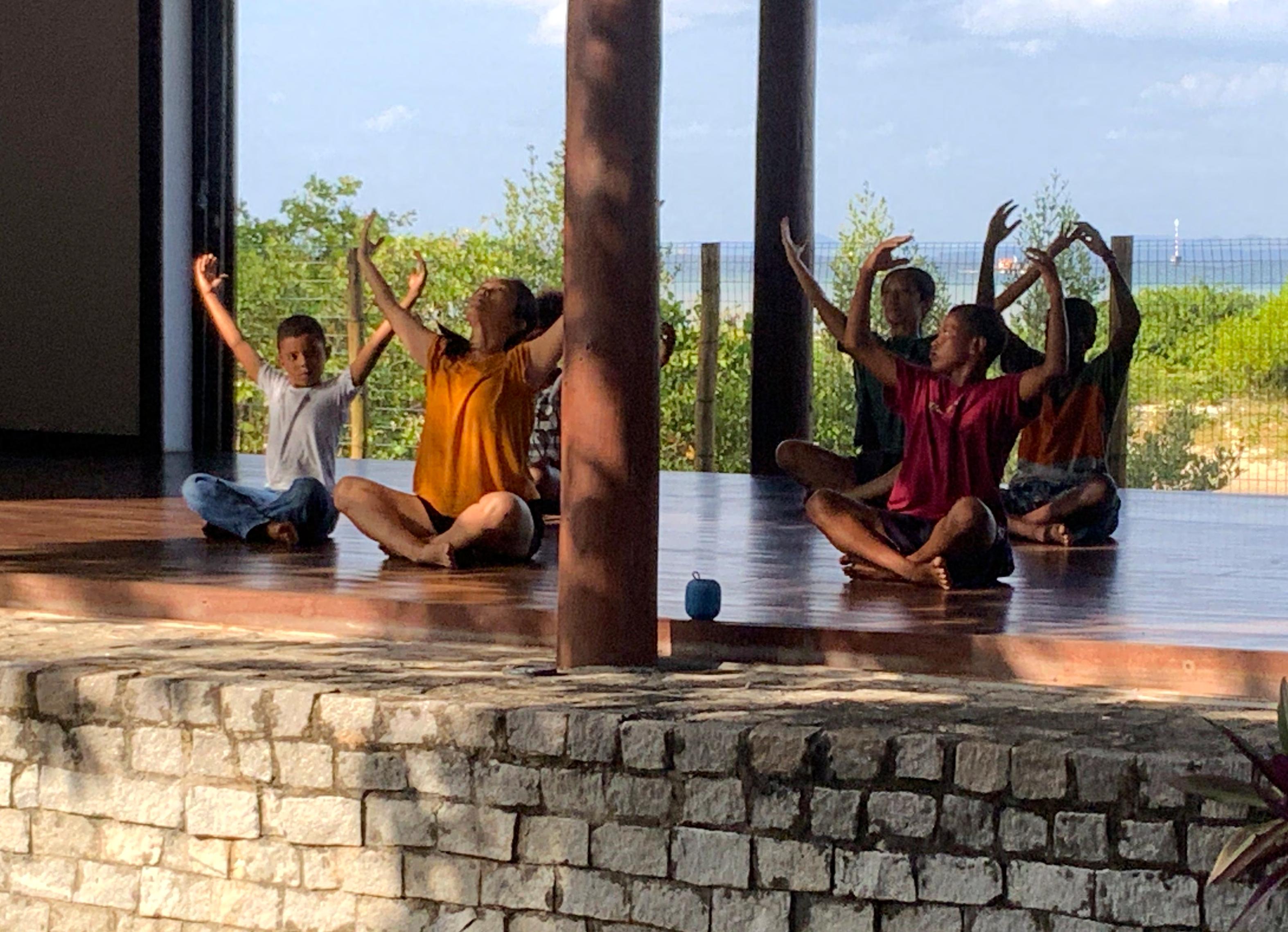
16
Photo by Mitch Loch
ARTISTS IN RESIDENCE
EMERGING FROM COVID, HOSTING GROUP PROJECTS
The pandemic lockdown shut down all residencies in 2020. We resumed hosting artists tentatively, carefully, in 2021, despite the persistence of the covid virus. We began with a special session for residents of Bahia. After that, we figured it would be safer to host Group Projects with limited community involvement rather than our usual residencies of independent artists from around the world. We held an Open Call for Group Proposals and received over 80 group applications. We hosted three of them in 2020 and three more --- Pharmakoi, Na Seiva da Voz, and Waia’mu --- during the first residency session of 2022.
Itaparica, Bahia, has the good fortune to be the home of the Instituto Sacatar, where the artists spend eight weeks with no obligation to present a finished piece, a luxury that all us artists would love to have! For the city of Itaparica, this institution is of great importance.
Yulo Cezzar (Actor / director / writer / producer and resident of Itaparica)
17 2022
Sacatar Open Call Group Projects 2021
“Pharmakoi”
The creation of our hybrid film. In “Pharmakoi. Let the sea take away all the evil,” non-humans mount the stage. For centuries humans viewed themselves as the puppeteers of the material and animal world. We bridle horses, water and forests. We rein and exploit objects and animals for our (mental) comfort and survival. However, in a drastically changing natural environment, we touch upon the borders of our control. We realize we are no more puppeteer than puppet, played by the inanimate forces around us. Inspired by the ‘Parliament of Things’ of the French philosopher Bruno Latour, our film attempts to open up to the stories of unheard non-human beings. We do not share a language, but we share a world. It is crucial to put ourselves in the shoes of the non-human Other, to figure out the intricate tangle of strings between us and to rechoreograph our interplay.

We developed the hybrid documentary that (began) four years ago during my previous residency at Sacatar. The group residency offered a wonderful chance to come together with six creative talents: three artists from Brazil, three from Belgium. I perceived the residency as a time to conduct research and practical experiments under the umbrella of the film, each within his/her own field. Camila would focus on production, co-writing and local communication, Alejandro’s research revolved around sound design and composition inspired by the local sound universe, Jamile would dive into puppetry and character development of the non-human protagonists, Eric’s focus would be on cinematography for documentary and live performance, Maarten would elaborate mechanics inspired by local techniques and materials, and I would co-write with Camila, conduct research and experiment with participative performance with automata in public space, for and by the local community. I imagined it as a collective laboratory.
Seen in retrospect, the ambition was too high, and the expectations were never sufficiently discussed. I realized that result-directed production and process-investigative research do not go hand in hand. For the future, we realized, it is crucial to engage a skilled line producer who offers the organizational spine of the creative work. Despite our creative and organizational struggle, Sacatar has been amazing and a warm environment for us to find our way and answers. We had terrific working spaces, and there was an abundance of tools for our building work. We were in the best of conditions to do our creative work.

18
Laura Vandewynkel (Film / Belgium, Sacatar Fellow 2017)
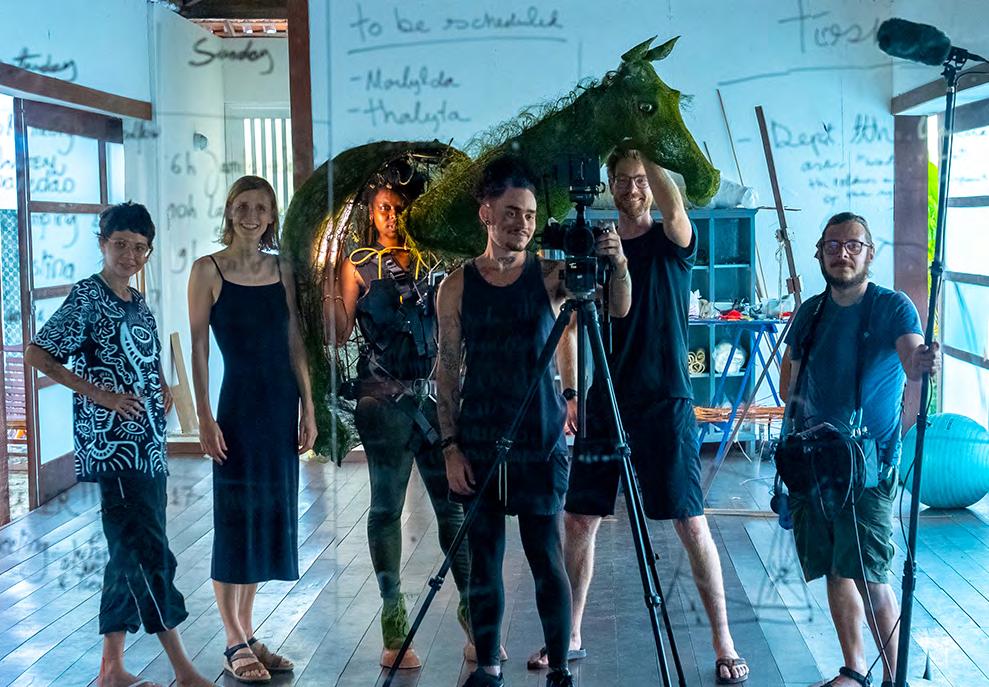
19
Left to right: Camila Gregório, Laura Vandewynkel, Jamile Cazumbá, Erick Lawrence, Maarten Dirickx and Alejandro Rivas Cottle.
Photos by Erick Lawrence
The “Pharmakoi” project happened in a hybrid way, across several languages: audiovisual, performance, happening, theater... The project was completely permeated by the local conditions of Itaparica. Living in Bahia is a gift, an event. But I had never been to the town of Itaparica. And I couldn’t have experienced it in a better place than Sacatar. I was in a collective work process, and Sacatar offers all the conditions and inspirations for elaborating and executing work. The people who work in this space, the meeting of the sea with the river, the animals present, the smell, my room, the sky, the wind. I was able to experience what I had never experienced before, a space that offered me real conditions to experience my potential and feed my desires. That’s why I leave this space with hopes to return.
(Performance / Bahia, Brasil)
The project consisted of research for the documentary “Pharmakoi” and the capture of audiovisual material for the production of a preview teaser for the documentary. It is the nature of documentary production that it is always open to local conditions and the time and events imposed by local reality. Living with these events, with the people of Itaparica and with the imposition of the local reality, was what most affected my work in an absolutely positive way.
Erick Lawrence
(Video / Bahia, Brasil)
I came to Sacatar with fixed plans. I was going to assemble a puppet and create two others, for which I had already a decent design. I failed completely. Plans changed a lot. Trying to stick to what we planned at home was a very bad idea. It just does not work like that. I wish I had realized from the start that we should stick to the ideas but let go of the practical schedule. It didn’t allow me to live in the moment as I should have. Nevertheless, the work that came out … is beautiful and I love it a lot! It’s Itaparican. It’s gorgeous!
The residency was a soundscape journey and a great musical discovery. Through João and Erick I had the opportunity to hear a lot of Bahian Brazilian music that I had never heard before, which was a great surprise. At the same time, I had the opportunity to compose music in local styles such as pagode and arrocha, music we will use in the final project. For me the discovery of contemporary popular Bahian and Brazilian music has been a great thing. Also being able to relate to the people of Itaparica, their problems and the environment, and finally, the sea and nature: a perfect combination.
Alejandro Rivas Cottle
(Music / Bolivia > Belgium)

20
Jamile Cazumbá
Maarten Dirickx
(Visual Arts / Belgium)
Photo by Taylor Van Horne




21
Photo by Taylor Van Horne
Photo by Taylor Van Horne
Photo by Taylor Van Horne
Photo by Laura Vandewynkel
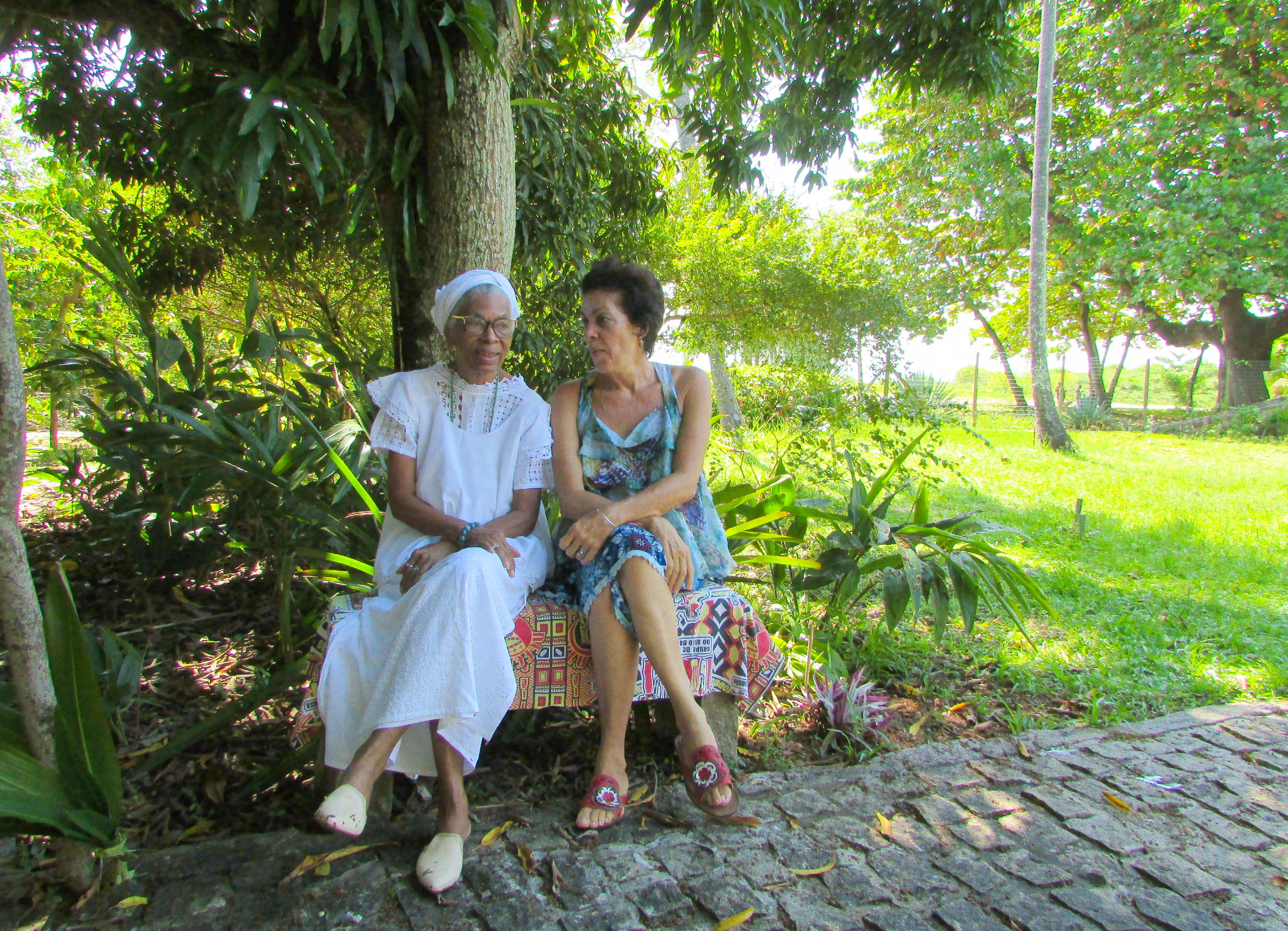
22
Photos by Marcelo Thomaz
Sacatar Open Call Group Projects 2021
- Singing
The project consists of recording songs related to the orixá OSSAIM by the voice of EKEDY SINHA, equede of the Terreiro da Casa Branca in Salvador.



The nature of the project was to sing for Ossain (ed: the Orixá of sacred and miraculous plants), and I surpassed my expectations. Sacatar made me want to do more and sing more. As I am a very anxious person who lives in a community, I would not be able to do a job like this at the Casa Branca (ed: the oldest candomblé in Brazil, where Equede Sinha occupies a principal post). So Sacatar is an ideal place to do this kind of work. Nobody bothers us. At night, there’s peace. The sound of the waves of the sea takes you to places you can’t imagine. Sacatar provides places and moments that give us peace, joy, and comfort for us to work. As much as I knew what to do, at Casa Branca I couldn’t do it. I would be interrupted at every turn!
Equede Sinha
(Performance / Bahia, Brasil, Sacatar Fellow 2019)

We recorded traditional but little-known songs for the orixá Ossain in the rare voice of the great Equede de Oxossi of Casa Branca, the artist and singer Equede Sinha. The fundamental role of Sacatar is to be a space to sow seeds. Deep, restorative, welcoming, like a fertile earth cradle in time, space, silent and non-judgmental – so that we can, together, record the sounds. This recording, the free singing, and the selection of songs would not be possible without the privileged time at Sacatar. Being in Sacatar is like enjoying a mango tree between December and January; it is a multiplication of joys.
Isa Trigo
(Performance / Bahia, Brasil, Sacatar Fellow 2018)
23
“ Na Seiva da Voz
Sasanha”
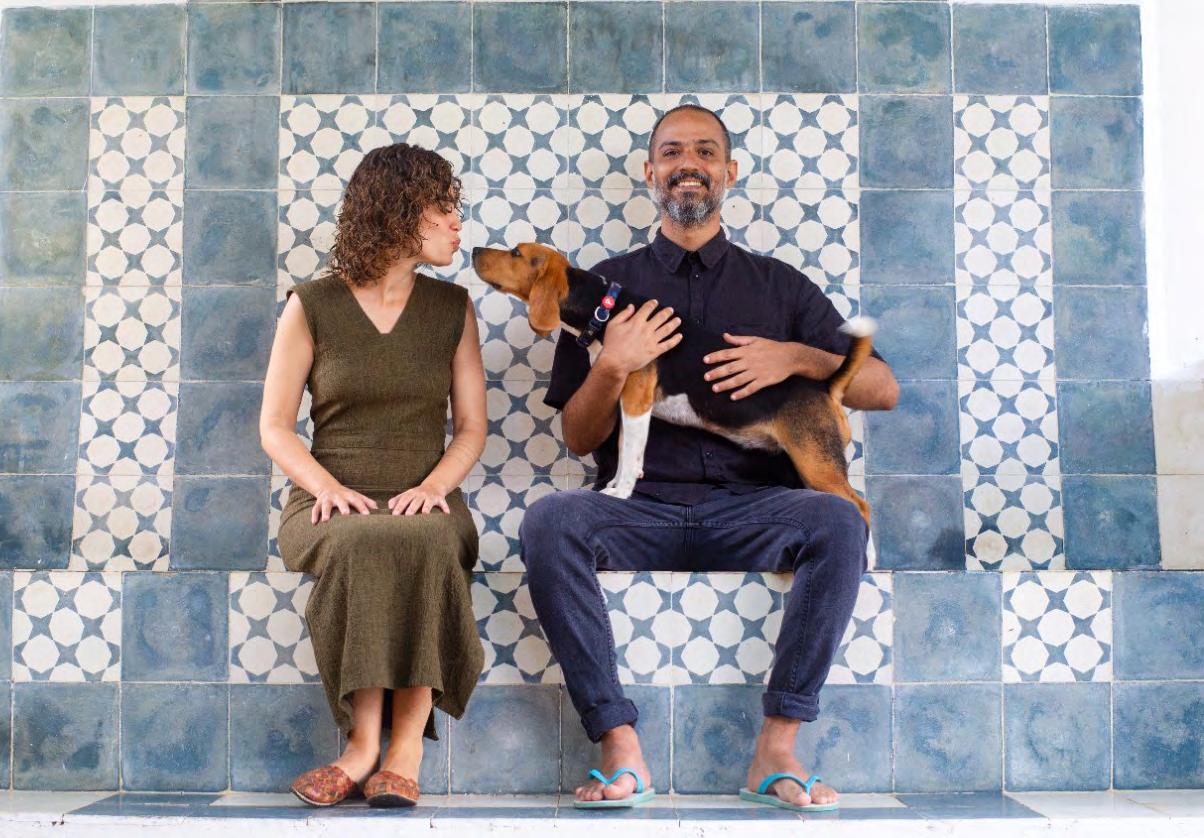
24
Photo by João Milet Meirelles
Sacatar Open Call Group Projects 2021

WAIA’MU : Body-Forest Cartography”
Proposal: The Tupi term waia’mu refers to a dark bluish crab that we will follow into the mangrove forests of Itaparica to create a publication composed in two volumes: an e-book and a virtual music album. The e-book is a travel book where the trip is the book itself, composed of photographs and photograms in cyanotype, drawings, and short texts. The musical album is composed of sounds from the forests of Itaparica Island along with eco-futuristic electronic sounds.
Our project was the creation of an eBook and a musical album with the figure of Guaiamum (ed: cardisoma guanhumi) as our guide for the development of the work. We haven’t finished the work yet, but we accomplished much of what we had planned… The fact that we were in Sacatar and in contact with another group affected the work in a positive way, given the great willingness of everyone to collaborate and share experiences.
I’m from Bahia: a native of Salvador. Nonetheless, I have had relatively little access to the island’s history and social contexts. Being here put me in touch with just that, which was the purpose of coming here too. This gave me a deeper understanding of this place which is so important even for Salvador itself.
João Milet Meirelles (Music & Photography / Bahia, Brasil)

Walking as an aesthetic act in itself and, at the same time, we took advantage of the walks through the island’s mangrove forests as an opportunity to record sounds, collect botanical samples, and take photographs, from which we composed acoustic and visual works. With the contacts established through Sacatar, it was possible to establish a network of exchanges with the island’s inhabitants and this significantly enriched and deepened our research.
Lia Cunha (Visual Arts / Bahia, Brasil)

25 “
HOSTING ARTISTS FROM OUR FIRST TEN YEARS
In September 2001, Sacatar hosted its first artists. To celebrate twenty years in operation, during June and July of 2022 we held a session for former Fellows who had come to Sacatar during our first ten years. We also invited to this special session the artist Pierre David, director of the MolySabata artist residency program in Sablons, France. We met Pierre when he came to Bahia in 2009 as an artist in residence at the Museu de Arte Moderna as part of the Year of France in Brazil.

26
Photo by Marcelo Thomaz
The main goal of my project was to explore forests in Itaparica. I collected a lot of reference material, took great photographs of the forests, made a large-scale ecological installation, and partially completed a painting. I appreciated the interaction with other international artists and the community as well as the support staff. I also have a better understanding of the role of the Dutch West Indian Company in Itaparica and its financial ties with the East Indian Company (VOC) which played an important role in the colonisation of Africa and the slave trade.


My intentions were simple and few: to reconnect with women I met in 2011 (accomplished in the main); attend a Candomblé ceremony or two (I attended one and, wonderfully, an Egun ceremony as well); try my hand at cyanotype (mission accomplished). Bahia is the source of my work here, so having it affect me is the point. During Open Studios, a number of the women of Itaparica whom I have portrayed in my artwork—or, in the case of two women who had recently died, their heirs—came to receive vinyl prints of the portraits I had made in 2011. It was very moving to see the effect that ownership of their drawn images had on them; perhaps even more so when it was a print of their mother or sister who had recently passed. And it was deeply humbling to hear them speak about this.
 J Michael Walker
J Michael Walker
I am beginning a series of drawing of birds in the shambles of empire, specifically in relation to documents and ornamentation in the halls of power. My time here allowed me to sort through some ideas and start some imagery to build on. I am using some Brazilian birds of prey in the drawings. I made videos/audio recordings of bird song in the early mornings which I hope to use in an installation of the drawings. Sacatar provides an extraordinary experience to slow down, to appreciate the world (nature) from a different perspective.
27
Janine Allen-Spies
(Visual Arts / South Africa / Sacatar Fellow 2002)
(Visual Arts / USA / Sacatar Fellow 2011)
Melanie Baker ((Visual Arts / USA / Sacatar Fellow 2003)
I worked on a long essay about the period when, at 18, just as I was in the process of coming out as gay, I went to live with an Amish family in Lancaster County, Pennsylvania. A I started the essay (always one of the toughest parts of the process: getting past the first blank page!) and made significant progress, writing much more per day than I normally do. Bahia didn’t specifically play into what I was writing, but the immersive and fascinating syncretic religious/spiritual feeling on the island did help inspire my thoughts about religion, community, belonging vs. alienation, that are thematically central to my essay.
During my time at Sacatar, I worked on my novel. I was editing and moving through another draft of a project I’ve been writing for eight years. I also worked on poems as Bahia has always opened me to new ways of seeing and making.


I worked on the draft of my novel about rape, coming here with the idea that it was too dismal… which it was for the first two weeks. Then I saw the light, and it opened up with the spiritual element of healing and connection. Yes, I accomplished more than I could have hoped for.
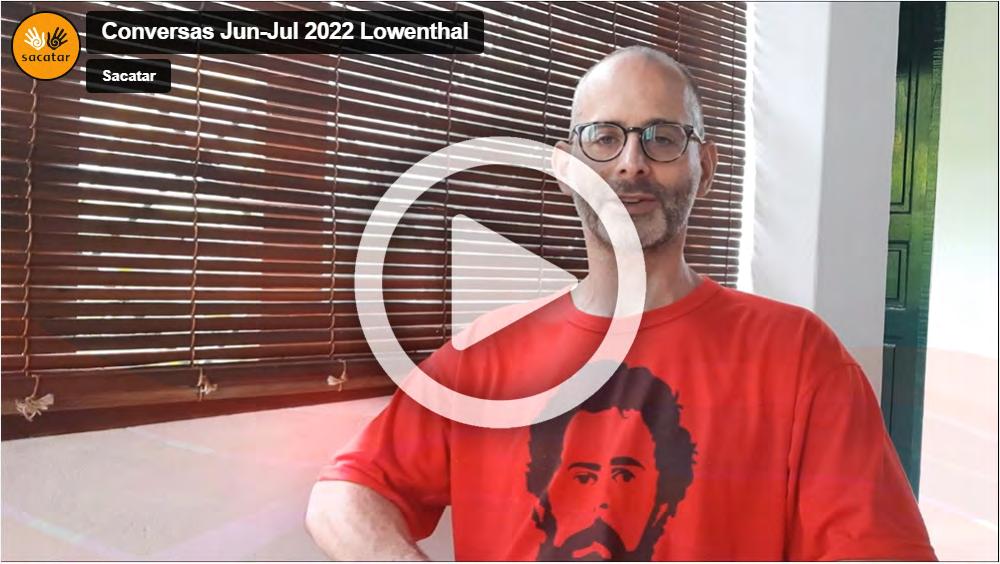
28
Myronn Hardy (Literature / USA / Sacatar Fellow 2002)
Opal Adisa (Literature / Jamaica / Sacatar Fellow 2005)
Michael Lowenthal (Literature / USA / Sacatar Fellow 2008)
My project was to create a series of Still Lifes using only objects, fruits, and vegetables found at Sacatar. During my residency, I did eight ink drawings on paper, 40 x 50cm. Back in France, I will make versions in dry point on gold leaf. This series will be shown in an exhibition in 2023 alongside eleven Still Lifes done at Moly-Sabata (ed: the residency program where Pierre is director) since 2022. In this manner, it will be a portrait of two residency programs.
My plan was to create a series of works about Itaparica’s nature, its diversity and beauty. It will be a collection of miniatures painted with egg tempera on double sided panels. During my residency time I did more than I planned. It was a very fruitful time!


Last summer, I stayed at Sacatar Foundation on a small island in Brazil. I woke up every morning before sunrise to meditate on the beach, wanting to feel the endless sky and sea with my whole body. As the sun rose, I would enter the silent sea and become one with the seawater. I picked up a piece of broken shell at my feet and drew a line on the sand, a boundary line that divided the world into here and there. On the morning I drew my first line drawing on the beach, I received news that my mother was in critical condition. I drew lines on the beach every day thinking of my mother until I could book a flight home on short notice. After returning to Japan, I took care of my mother. But one beautiful October morning, my mother drew her last breath peacefully. I was forced to think constantly about boundaries in many ways in the last year.

29
Pierre David
(Visual Arts / France / Invited artist)
Rita Staszulonok
(Visual Arts / Belarus>Poland / Sacatar Fellow 2011)
Yumi Kori
(Visual Arts / Japan / Sacatar Fellow 2008)




30
Photo by Marcelo Thomaz
Photo by Marcelo Thomaz
Photo by Mitch Loch
Photo by Marcelo Thomaz





31
Photo by Taylor Van Horne
Photo by Mitch Loch
Photo by Mitch Loch
Photo by Mitch Loch
Photo by Marcelo Thomaz
ARTISTS AT RISK, IN RESPONSE TO THE WAR IN UKRAINE

Horrified at the outbreak of the war in Ukraine, we wanted to help artists whose lives the war disrupted and overturned. Internet searches (with immediate and effective outreach published at resartis.org) guided us to Artists at Risk which helps displaced artists in need. Through their assistance, we provided a residency to the dancer/choreographer Dasha Sedova who had fled to Tblisi from Moscow during the first week of the war. Dasha came to Sacatar with an interest in Brazilian capoeira and trance dance as witnessed in Brazilian candomblé.
While I was in my last weeks in Sacatar, Russia announced a military mobilization, and it shocked me – not only because all of my brothers and male friends were in danger but there were direct nuclear menaces from the Russian president, and it felt extremely real and frightening. At the same time, while people were massively leaving the country (and yes, most of my cousins, relatives, and friends managed to escape) there were manykilometer queues at the on-land borders, particularly, at the Russian- Georgian border. Although Georgia was very generous to accept the majority of Russians, there were some refusals. Simultaneously, in Tbilisi my friends
contemplated another crisis with housing, traffic, and overpopulation... the prices in Tblisi got crazy. All this felt very confusing and disorienting, and being in Brasil, I had no idea how to proceed – whether to stay longer in South America, or go to Europe and ask for asylum there, or come back to Georgia. In the Chapada Diamantina (ed: the beautiful mountain range five hours inland from Sacatar), I had a clear vision that I had to return to Georgia …
Since I returned, I have been working on organizing a festival – with a focus on dance and communities as a form of resistance, and exploring grass-roots self-organization as a resilient political structure. I now realize, that the concept of COLLECTIV_A (https:// www.instagram.com/p/CkgCnCtKVho/) was the fruit of my residency at Sacatar, strongly influenced by my involvement with the communities in Bahia – those of capoeira groups and Candomble houses. I had been observing how culture preserves itself through people coming together,
transmitting the hidden ancestral knowledge and consistency of collective practices. In early December, I am bringing dancers from Brazil and Argentina to Tbilisi, along with my capoeira professor from Moscow and traditional Georgian dancers. I’m convinced it is going to be a very important event for us to self-reflect and start a dialogue with the Georgian dance scene here… My time in Sacatar indeed was an important period for reflection and insights -- not particularly peaceful, but deeply meaningful -- and I will always stay grateful to Sacatar for granting me this opportunity in one of the most troubled periods of my life.
Dasha Sedova (Dance / Russia > Georgia)
In partnership with Artists at Risk
32
PRO HELVETIA
To raise awareness of Swiss culture around the world, Pro Helvetia forges ties with local event organisers, develops and nurtures longterm partnerships, initiates co-productions with artists from the regions concerned, and organises residencies. Sacatar began its collaboration with Pro Helvetia, a department of the Swiss government, in 2019.
I’ve been working with Sabrina Fernandez Casas and twenty external collaborators on a book that traces our experiences during the last eight years of practice. I accomplished the written part of this publication and will continue with the set-up of graphics and the production of printing.
The experience in this context helped us to read our context differently, to take distance and analyze several aspects of our practice, which is mostly site specific. We developed a hybrid practice which we can see in the cultural practices of syncretism in Bahia, a very inspiring subject.



I worked on a new publication with Patricio Gil Flood. This new book traces our experiences as the collective, MACACO Press, after eight years of practice and collaborations with artists, curators, and art spaces. The work will continue in the urban context of São Paulo with research into different modes of production and printing.
In parallel, and as personal work, I experimented with ceramics and artisanal techniques from Maragojipinho (ed: a village of ceramic artisans south of Itaparica). From the culture of Bahia, I particularly enjoyed the vernacular, the ancestral knowledge, and syncretism. It is very inspiring.
In partnership with Pro Helvetia
In partnership with Pro Helvetia
33
Sabrina Fernandez Casas (Literature / Spain > Switzerland)
Patricio Gil Flood (Literature / Argentina > Switzerland)
Photos by Augusto Albuquerque
THE FUNCEB LITERARY FELLOWSHIPS
In 2014, we established a partnership with the Fundação Cultural do Estado da Bahia—the cultural agency of the State of Bahia—to promote writers in the Portuguese language. Between 2014 and 2021, we hosted eight individual Bahian writers, one per year, selected through annual Open Calls. In 2022, FUNCEB expanded the program to award residency Fellowships to five local writers, which were selected from over eighty applicants from across the State of Bahia.


34
Left to right: Sanara Rocha, Nelson Maca, Cris Rosa, Lucas Ribeiro and Barbara Pessoa
Photo by Marcelo Thomaz
The stay at Instituto Sacatar made it possible to give full attention to the creation of the script for the play “Antessala” and to organize my days around its creation. I believe that being in an environment like this gave me more discipline and focus on the work I came here to do.




I worked on the first draft of a fictional novel, drawn upon documents, transcripts, interviews, and photographs of my grandmother. Complementary activities, however, imposed significant changes, as I turned to artistic interventions in Itaparica and the expansion of a project I call “Andografias,” a multisensory exhibition.

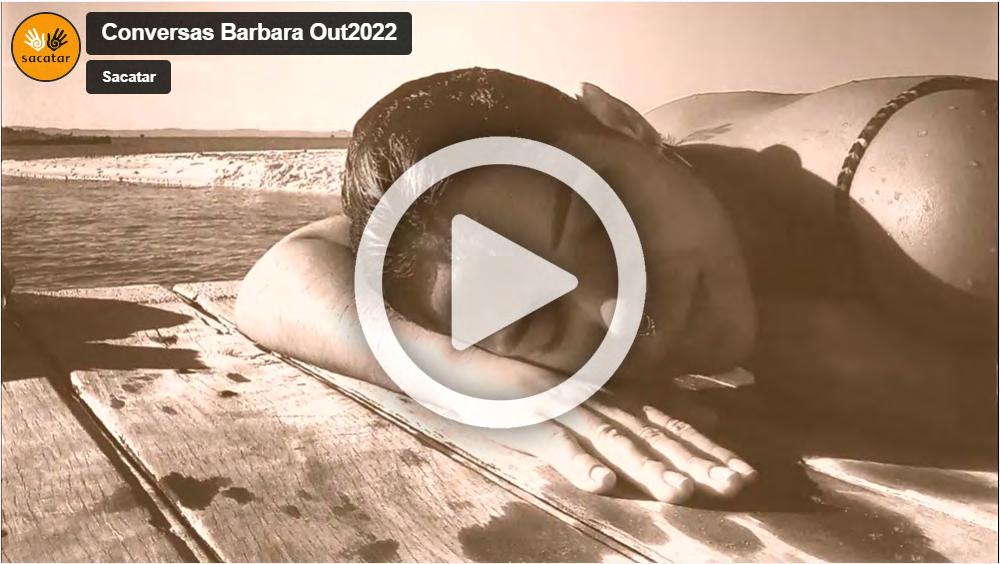
I worked on writing the script for a short fiction film (about racial profiling through AI facial recognition software). The script expanded to something larger than a short film. I can talk about my experience in Itaparica, a transforming and inspiring place that generated two concepts for future projects.
(Literature
35
Barbara Pessoa
/ Salvador, Bahia, Brazil)
Crislane Rosa
(Literature / Camaçari, Bahia, Brazil)
Lucas Ribeiro
(Literature / Salvador, Bahia, Brasil)
Photo by Marcelo Thomaz
Photo by Mitch Loch
Photo by Lucas Malkut


36
Photo by Lucas Malkut
Photo by Lucas Ribeiro
My project had two well-defined objectives: to prepare the originals of a book of illustrated poems based on the theme Exu (ed: the orixá that serves as the messenger between humankind and the orixás) and to present a performance created with poems from the book. I achieved both goals. However, the idea was to present two versions of the performance, one in Itaparica and the other in Salvador. I performed at the Instituto Sacatar during Open Studios, but with the advance of a new wave of Covid19, the performance in Salvador—planned for the patio of Museu de Arte Moderna—must wait for a safer moment. I went beyond these initial objectives, as I turned my studio into another work, an installation. The studio became a space transformed by written, sound and visual interventions. Thank You, Exu!


I planned to develop an audiovisual script for a future video-performance. Certain elements impacted the creation of the script, including the studio where I worked and the aesthetic and literary exchanges and intense and rich dialogues I had with Nelson Maca and the twins Ting and Wei. I had intended to adapt my master’s thesis, but the landscape here and the contacts I made with women who play the sacred drums in Itaparica modified my path. I abandoned the academic text for other textualities that go beyond the bibliography. Local conditions changed my project for the better, and it has become far more than I had initially intended.

37
Nelson Maca (Literature / Salvador, Bahia, Brasil)
Sanara Rocha (Literature / Salvador, Bahia, Brasil)
Photo by Mitch Loch
THE DJERASSI / SACATAR ARTIST EXCHANGE
In 2019, we established an exchange of artists with the Djerassi Resident Artists Program, in Woodside, California. To meet Djerassi’s goal to expand international engagement, we nominate former Sacatar Fellows from Latin America. In exchange, we host former Djerassi Fellows from anywhere in the world. Like so much else, Covid shut down this exchange program. In 2021, Sacatar Fellow Rodrigo Bueno participated in a “virtual” residency at Djerassi. We re-initiated the physical exchange of artists in 2022, when we hosted the identical twin choreographers from Taiwan, Hsiao-Wei Hsieh and Hsiao-Ting Hsieh. The project began with Yemanjá (ed: the orixá of the sea), but my research deepened into further aspects of the religions brought to Brazil from West Africa. The history, the landscape, the language, the action & character of people, the music, the color, and the temperature are so fresh and unfamiliar to me. After two months, I feel I am still an observer, experiencing the differences. I need more time to digest everything!
Hsiao-Ting Hsieh
(Dance / Taiwan)
In partnership with the Djerassi Resident Artists Program
Yemanjá was my project. But after one week here, I realized that I needed to learn more about the local history and religions. I borrowed books and DVDs and went to the
museums. The music, carnival, costume, color, and the body language all interact with each other. And I feel so grateful to have had the opportunity to learn the dances of Yemanjá. This is the first step for me to connect to the spirit of Yemanjá. Internalized bodily movement provide more information than what we just see. Only after I learned the dance did I realize something from my body which is impossible to absorb from books. Nelson Maca’s performance also affected my work. We don’t have this kind of music / poetry combination in Taiwan. It was a unique and special experience for me. It was very powerful even though I didn’t understand the language.
(Dance / Taiwan)


38
Hsiao-Wei Hsieh
In partnership with the Djerassi Resident Artists Program
Photo by Mitch Loch
Being part of the Djerassi ‘virtual’ residency was very unusual and pleasurable. With the global pandemic, our meetings became via collective calls, which at first seemed impersonal, but became an intense dive into the intimacy of the work in my home/studio. Walking with the camera through the atmosphere of the studio was engaging and captivated all participants. The physical absence reinforced the importance of soil identity. It reinforced the narrative of my research, which is based on interaction with the whole, on the joy of building a receptive studio over the years, a refuge where many resources emerge in abundance, ideal for the need for social isolation and contemplative momentum. The reflective conversations with the group reinforced the need to preserve energy from the inside out. We talked a lot about the importance of collective life. I felt the immense complicity of the participants in making me more comfortable, in constant offers of materials and supplies, but mainly the generosity of moral strength to face the devastation of hope during the dark political moment we were going through in Brazil. Another interesting point was my curiosity to know about the ancestry of the territory of the Djerassi residence, which until then, seems not to have been the subject of study and mirrored the growing need to honor the identity root of each participant. I dream of visiting and enjoying the Djerassi structure in person one day.
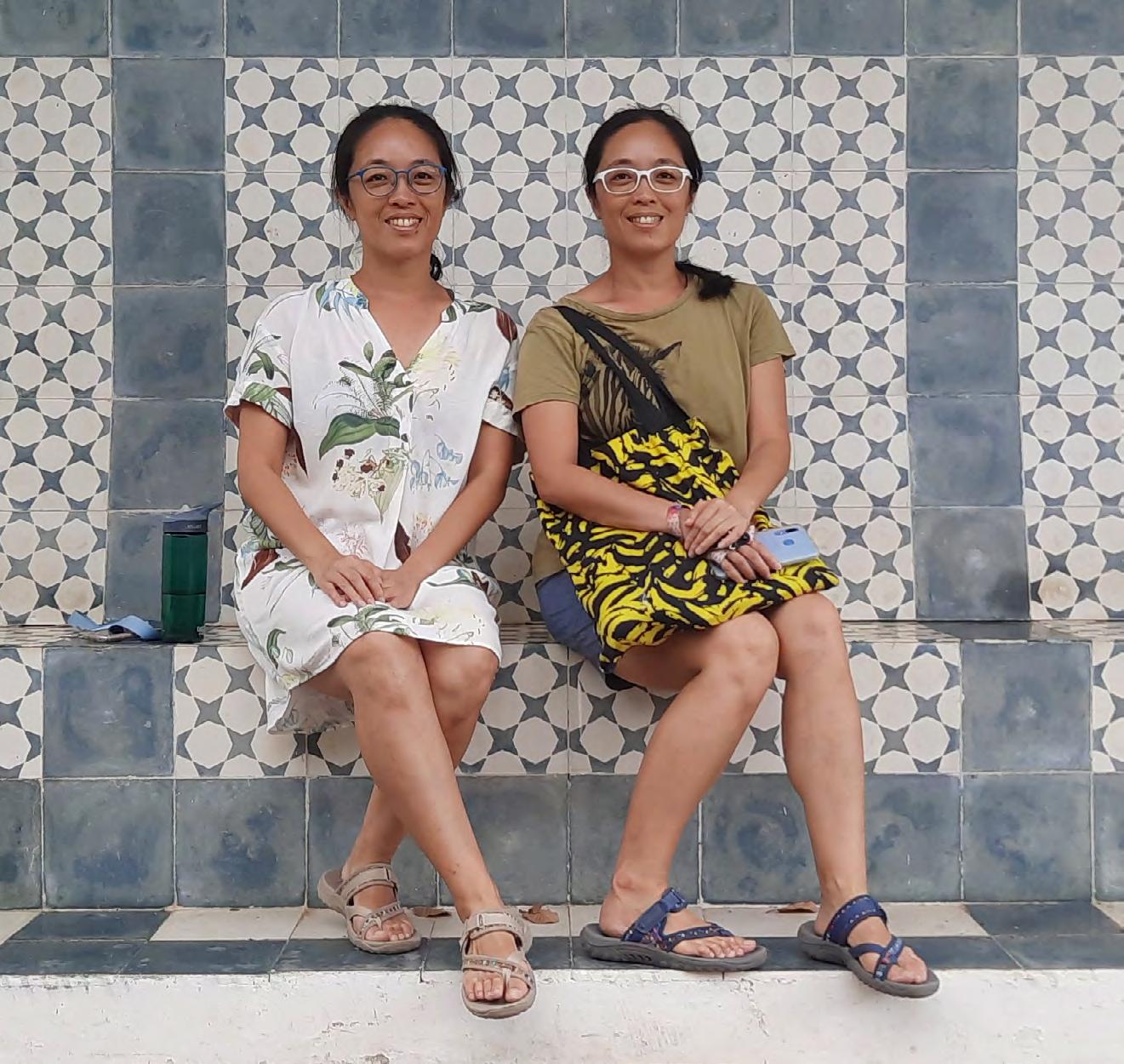


39
Rodrigo Bueno
(Visual Arts / Brazil / Sacatar Fellow 2003)
Photo by Marcelo Thomaz
Photo by Taylor Van Horne
Help Sacatar continue to nurture the voices that enrich our lives .
In my lifetime, I have witnessed extraordinary positive change in a turbulent political atmosphere that obscures accomplishments. People the world over hold in the palms of their hands devices that give them access to information kings of former years could only dream of. We cannot look to the bickering political classes to create the vision of the future. Artists do that. They always have. Artists emerge from all socio-economic backgrounds. At Sacatar, we are committed to assist all creative individuals to reach their potential, despite the circumstances of their birth. Creativity and mobility are essential to usher civilization towards a post-national awareness. Please consider a donation to Sacatar and to the many creative individuals through whose manifold actions we will see the way forward.
 Taylor Van Horne Founder, Sacatar
Taylor Van Horne Founder, Sacatar
40
(Visual Arts:




Belarus > Poland 2011 & 2022)

41
Artworks by Rita Staszulonok
Painting
STATEMENT OF FINANCIAL ACTIVITIES
As we emerged from the pandemic in 2021, we hosted groups of artists who—as a safety measure—limited their community interaction. Three such groups came in the first session of 2022, working on a film, a music album, and an e-book. Following that, we celebrated Sacatar’s first twenty years in operation by inviting back to Bahia eight artists who had their residencies during our first ten years.
We wish to thank our 2022 institutional partners. In August and September, we hosted two artists in partnership with Pro-Helvetia of Switzerland. In response to the outbreak of the war in Ukraine, we also coordinated with Artists at Risk to bring to Sacatar the Russian dancer and capoeira practitioner, Dasha Sedova, who fled Russia during the first week of the war. In November and December, we hosted five writers from the state of Bahia in partnership with Funda çã o Cultural do Estado da Bahia. And once again, we engaged in an exchange of artists with the Djerassi Resident Artists Program in Woodside, California, USA, hosting two Taiwanese dancers while the Brazilian artist Rodrigo Bueno participated in a successful “virtual residency” with other Djerassi artists from around the world.
We are pleased to announce two new institutional partners for 2023.
We thank former Fellow Amara Tabor-Smith who coordinated a long-dreamt partnership with Stanford University in Stanford, California, USA. She and A-lan Hart of Stanford will bring a group of graduate students for a five-week intensive
residency, culminating at the Festa da Boa Morte in Cachoeira, Bahia. Boa Morte is a sisterhood formed by elderly black women in the 1840s who bought each other’s freedom and who, under the cloak of Catholicism, maintain to this day religious practices their ancestors brought from Africa.
The Fondation des Artistes has entered into a three-year partnership in which Sacatar will annually host two artists from France. We thank former Fellow Pierre David through whose efforts this Agreement came to fruition.
In addition, Sacatar acknowledges with gratitude the generous donations of Anonymous, Fran Siegel, Gerald Cyrus, J Michael Walker, John Keene, Karen Ostrom, Laurie Lyons, Liz Keim, Maria Tuerlings, Mitchell Loch, Philip Boehm, Stephanie Griffin and Taylor Van Horne.

FINANCIAL SUMMARY 2022
ARTISTS SERVED 28
ARTIST DAYS 1175
42 SACATAR FOUNDATION INCOME Donations $184,100 85% Endowment $28,000 13% Application Fees $5,100 2% TOTAL $217,200 100% SACATAR FOUNDATION EXPENSES Direct Instituto Sacatar Funding $196,000 86% Administrative Overhead / Travel $25,875 11% Program in USA $5,250 2% TOTAL $227,125 100% INSTITUTO SACATAR INCOME Funding from Sacatar Foundation $196,000 98% Funding from Partners $5,000 2% TOTAL $201,000 100% INSTITUTO SACATAR EXPENSES Salaries and Benefits $84,633 42% Overhead + Admin $41,297 21% Social Security + Other Taxes $29,339 15% Construction + Renovation $21,330 11% Groceries $13,391 7% Utilites $9,058 5% Bank Fees $1,202 1% TOTAL $200,250 100%
INSTITUTIONAL PARTNERS – CURRENT AND FORMER
IN BRASIL
Acervo da Laje
Ativa Atelier
ArtRio Feira de Arte do Rio de Janeiro

Bienal da Bahia / Museu de Arte Moderna da Bahia

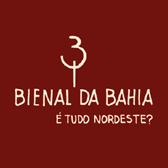
Bienal do Recôncavo / Fundação Dannemann
Bienal Mercosul
Centro Cultural São Paulo
Centro Universitário Belas Artes / SP-Arte
Church of São Lourenço / Itaparica
EAV-Parque Lage
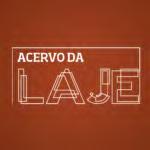
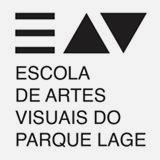
Fundação Cultural do Estado da Bahia

Ministério da Cultura do Brasil
Mirante do Solar - Casa de Cultura e Ética
Municipal School Benedito de Oliveira Barros
Prêmio PIPA - Brazil

Rumos Itaú Cultural

Secretaria da Cultura da Bahia

VideoBrasil - Brasil

Universidade Federal da Bahia
Universidade Federal do Recôncavo Baiano
IPAC - Instituto do Patrimônio Artístico e Cultural da Bahia
Museu Carlos Costa Pinto
BOARD OF DIRECTORS
IN NORTH AMERICA
Dance-UP / Pennsylvania

Los Angeles Cultural Affairs / California


Djerassi Resident Artists Program / California
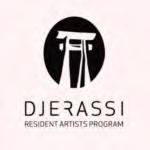
La Chambre Blanche / Quebec
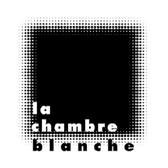
IN EUROPE
People’s Palace Project / UK


British Council


Pro-Helvetia / Switzerland
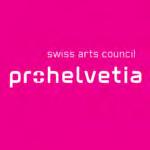
Culture France
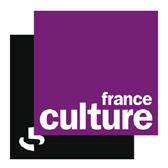
UNESCO / Aschberg
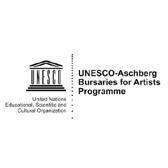
Ateliers des Artistes en Exil


Artists At Risk
IN ASIA
Korean Traditional Performing Arts

National Art Studios Korea
Taipei Artist Village / Taiwan
AND IN THE REST OF THE WORLD
Africa Centre / South Africa

Winzavod Contemporary Art Center / Russia
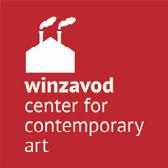
South Project / Australia
FOUNDERS
Taylor Van Horne and Mitch Loch
BOARD OF DIRECTORS INSTITUTO SACATAR
Taylor Van Horne, Sabrina Gledhill, Sergio Guedes, Giovana Dantas, Tom Correia, Maristela Ribeiro and Calmon Teixeira
BOARD OF DIRECTORS SACATAR
FOUNDATION
Mitch Loch, Helen Miller and Taylor Van Horne
STAFF INSTITUTO SACATAR
Augusto Albuquerque (Administrative Manager), Rodrigo Benítez, Dete Nicácio, Lavínia Santos, Raimundo da Silva, Anderson Gomes, Antônio
Barbosa, Reginaldo Roque and Francisco Galvão.
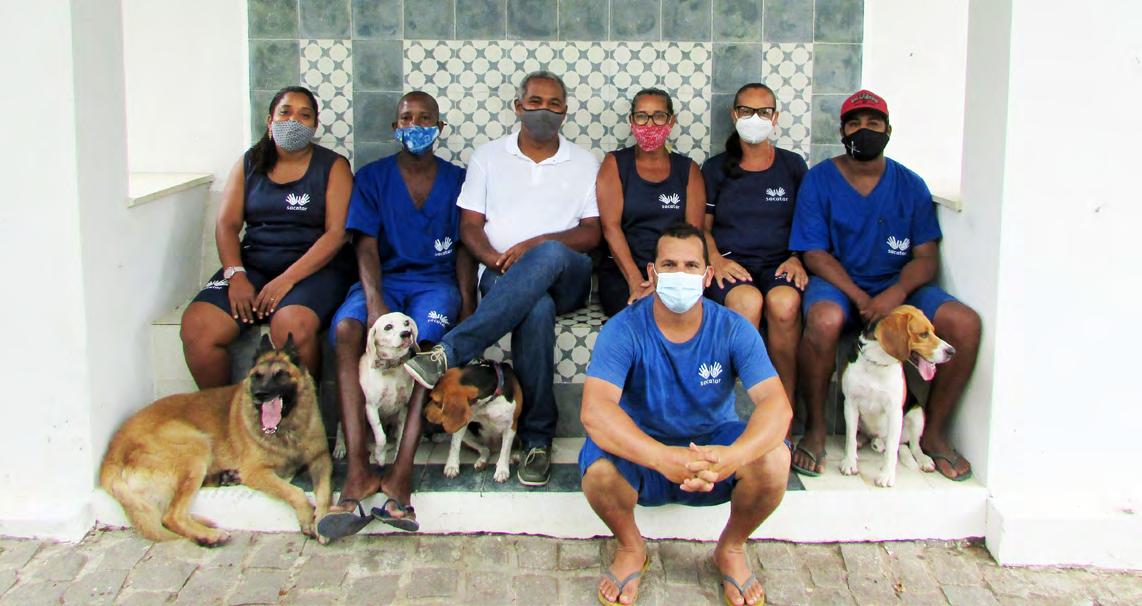
43
UPCOMING EXHIBITION FROM THE SACATAR ARCHIVES
Artists and Place is curated by Bia Gayotto, and co- organized by the California African American Museum and Art + Practice. CAAM at A+P is a five-year collaboration.
Below: Karen Hampton, Shape Shifter, 2016. Repurposed cotton textile, pigment, (cotton, silk, synthetic yarn and thread), 78 × 461⁄2 in. Courtesy the artist.

Curated by Sacatar Fellow Bia Gayotto (Brazil > USA, 2018), Bahia Reverb will document how residencies at the Instituto Sacatar re-orient and enrich the artwork of North American artists of African descent. Ten times more Africans were enslaved and brought to Brazil than the United States, and the cultural ramifications of the African diaspora took different courses in North and South America, as seen in the artists’ expanded awareness after time spent in Bahia.

“This photo brings back many happy memories of my time at Sacatar! It was such a pleasure to have these beautiful young people collaborating with me to make this artwork we called “Different Worlds” for the Itaparica Library. Even though we spoke different languages, we communicated!”
Jane Ingram
Allen (Visual Arts / USA / 2002) writing in February 2023
Jane Ingram Allen (Visual Arts / USA, 2002) stands with two of the students who helped her produce the large-scale hand-made paper installation in the background. The photo was taken in January 2002 at an exhibition held at the Juracy Magalhães Public Library in Itaparica.

44
Photo by Taylor Van Horne
The cultural exchanges promoted by Sacatar between the artists and the community of Itaparica have alway been and will always be exceptional experiences for the citizens who participate.



Sacatar Foundation USA PO Box 2612 Pasadena CA 91102-2612 USA Instituto Sacatar BRAZIL Rua da Alegria,10 Itaparica BA 44460-000 BRAZIL Tel: ++55 71 3631-1834 | info@sacatar.org | sacatar.org
Omara Silvia da Conceição Santo (capoeira teacher and resident of Itaparica)
Photo by Mitch Loch
 Photo by Mitch Loch
Photo by Mitch Loch










 Dete Nicácio , Meals
Dete Nicácio , Meals


























 J Michael Walker
J Michael Walker





































 Taylor Van Horne Founder, Sacatar
Taylor Van Horne Founder, Sacatar







































